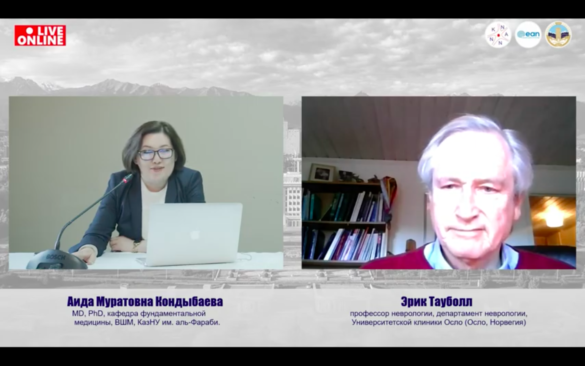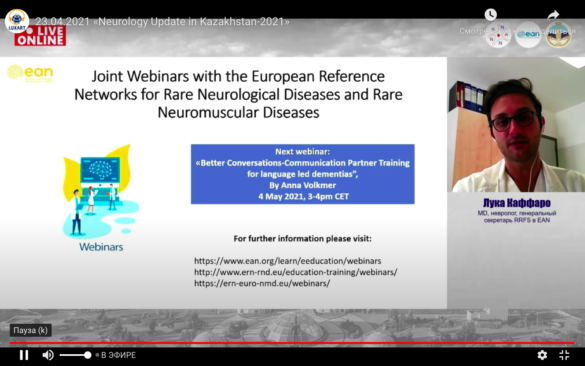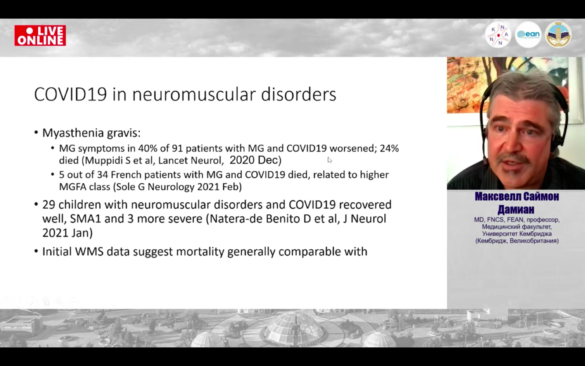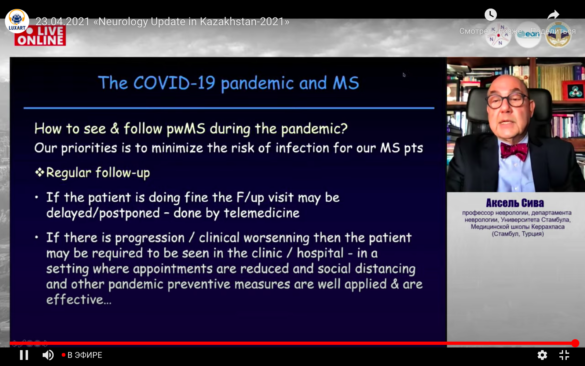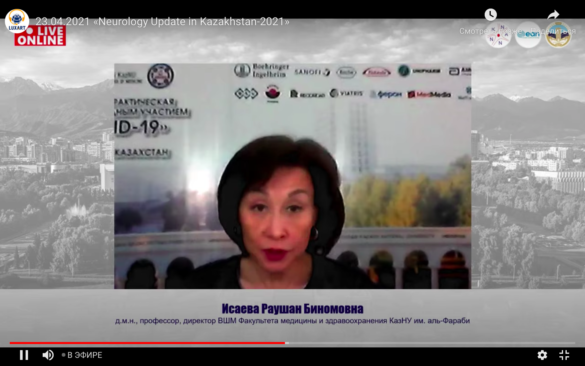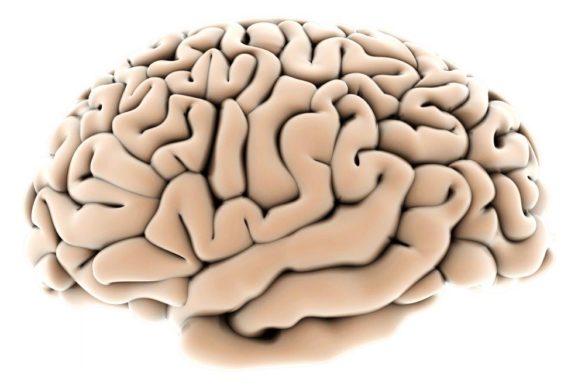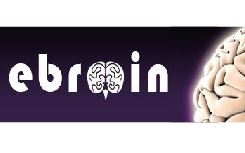by Boban Labovic, Ranko Raicevic, Toplica Lepic, Dragana Veljancic
Hot water epilepsy (HWE) represents a rare clinical entity classified in a group of “reflex epilepsy” in which seizures are precipitated by hot water during bathing. Typically age at onset of seizures is limited to infancy and childhood, but not exclusively (1). Speculations about possible genetic predisposition are based on groups of HWE patients in India and Turkey (2), although traditional bathing habits could not be excluded. To the best of our knowledge there is no previously published case-report from the region of south-east Europe but we found special interest to present the case because of the novel method for seizure induction, which we have applied.
CASE REPORT
A 21-year-old soldier was referred to our clinic for assessment of seizure during taking a shower. His symptoms had appeared when 7 years old in form of generalised tonic-clonic seizures (GTCS) while taking a bath, as eyewitnesses confirm. For the next years about ten occasional seizures under the same conditions have been reported until the age of 16, despite anti-epileptic (AE) therapy (Phenobarbital sodium 100mg and Carbamazepine 400 mg/daily). AE drugs were discontinued at the age of 19, and 18 months later he again had a seizure the last one prior to his military service. Considering the recruitment procedure as candidate for military service, he kept secret all medical history related to previous seizures, and he aimed at joining the military forces. From his past medical history, we learned about his febrile convulsions at the age of three years. After the initial seizure at early childhood, recovery was very slow and generalised weakness was reported.
On examination, physical and neurological status was inconspicuous. The first interictal EEG recording showed low voltage background activity, without any signs, slow wave activity or epileptiform discharges. MRI of the head revealed no structural abnormalities. We made further investigations with long-term EEG monitoring.
EEG was performed for 72 hours on a 16-channel ambulatory Oxford Medilog recorder MR95 System© (including one EEG channel), with cup electrodes placed according to the International 10-20 system. The recordings were interrupted for a short time after 24 hours in order to refresh the battery supply, and to provide the data for off-line analysis. During the first 48 hours, no epileptiform activity has been recorded, so we decided to continue with further 24 hours of EEG recording, but this time including triggering procedures in order to induce seizures. The patient was fully informed about the procedure and he gave informed consent.
First we used a tea-pot filled with warm water of 38°C and wrapped it with a towel and pressed it against the back skin in the midline between the scapulae for two minutes covering a surface of about 100cm², with no effect.
After that we used a shower with hot water of the same temperature (38°C). We moistened the surface form his shoulders down, taking care not to make the recorder wet and not to reach the electrodes on his head or the wires connecting the electrodes and the recorder. (figure 1). Using this method, complex partial seizures were induced after 20 seconds (figure 2). During the following 65 seconds the patient was irresponsive, made some isolated myoclonic jerks to the right side; his tonus on limbs and body gradually became increased; his face was flushed; pupils were extremely mydriatic. The EEG then showed high voltage slow waves of 2.5 to 3.5/s over the whole left side, maximal over Fp1 and C3, less high over temporal derivations; they gradually became higher and spread over the right side. In the course of that complex partial event there were clearly recognized well developed spike and wave complexes over FP1C3F3 and F7 (frontal, frontopolar and frontolateral derivations). During the next 70 seconds a second generalised seizure developed with high voltage spikes mixed with increased muscle potentials with epileptiform pattern (figure 3). After the cessation of the seizure the patient was sleepy, confused for 15 minutes, recovered gradually, complained about headaches; he had a slight transient pyramidal deficit on his right side.
Following the introduction of Carbamazepine (slow-released form) the patient underwent a repeated 30-min video-EEG recording on the 9th and 10th day. Serum Carbamazepine levels of 8.99 and 9.37mg/l were measured, respectively. Rechallenge of the same induction procedure was performed, but unsuccessfully. The EEGs did not reveal any epileptiform abnormalities.
Boban Labovic and his colleagues work at the Military Medical Academy in Belgrade, Serbia
Comment by the authors
HWE represents a rare form of reflex epilepsy with benign and frequently favourable outcome. However conversion form reflex to non-reflex epilepsy was observed in 25-30% of patients (3). Findings of local epileptiform in frontotemporal regions lead to the assumption of structural lesions of the temporal lobe but subsequent neuro-imaging studies failed to prove it. Experimental data derived from animal model mimicking HWE having shown ischemic changes in specific topographic areas, like Sommers’ sector in hippocampus, layer 4 and 5 neurons of the cerebral cortex reticular neurons in brainstem (4) – a pathological feature reminiscent of the human epileptic brain. Autopsy findings of three HWE patients have suggested the most likely pathophysiologic mechanism in abnormal thermoregulation among genetically susceptible population with possible environmental influences (5).
Following our experience, hot water over the head is not an exclusive trigger of the attack in HWE. Irritation of the body skin with the warm tea-pot was completely ineffective. On the contrary, hot water poured over the body, scattered over a wide skin area, was effective in order to induce seizures, too. Our procedure reminds of the traditional bathing habits among Turkish people who poured water from mugs onto their heads, while sitting. Hot water poured over head or body can cause seizures, but 5-10% of these patients have seizures even during body bath when water is not poured over the head, under the same circumstances like in our case (6). It is possible that stimulation of the broad skin areas involves hypersynchronisation on the parietal and frontotemporal regions that is critical to elicit seizure, not the temperature alone. The importance of this observation is related to the feasibility of seizure induction, in HWE cases, under the conditions of EEG recordings.
References:
1. Szymoniwicz W, Meloff KL. Hot water epilepsy. Can J Neurol Sci. 1978;5:247–51. [PubMed]
2. Allen IM. Observations on cases of reflex epilepsy. N Z Med J. 1945;44:135–4.
3. Stensman R, Ursing B. Epilepsy precipitated by hot water immersion. Neurology. 1971;99:224–6.
4. Satishchandra P, Shivaramakrishna A, Kaliaperumal VG, Schoenberg BS. Hot water epilepsy: A variant of reflex epilepsy in southern India. Epilepsia. 1988;29:52–6. [PubMed]
5. (4) Mani KS, Mani AJ, Ramesh CK. Hot water epilepsy: A peculiar type of reflex epilepsy: Clinical and EEG features in108 cases. Trans Am Neurol Assoc. 1975;99:224–6. [PubMed]
6. Subaramanayam HS. Hot water epilepsy. Neurol India. 1972;20:S241–3.
7. (3) Bebek N, Baykan B, Gurses C, Emir O, Gokyigit A. Self-induction behavior in patients with photo sensitive and hot water epilepsy: A comparative study from a tertiary epilepsy center in Turkey. Epilepsy Behav. 2006;9:317–26. [PubMed]
8. Fukuda M, Morimoto T, Nagao H, Kida K. Clinical study of epilepsy with severe febrile seizures and seizure induced by hot water bath. Brain Dev. 1997;19:212–6. [PubMed]
9.(6) Kowcas PA, Marchioro IJ, Da Silva EB., Jr Hot water epilepsy, warm water epilepsy or bathing epilepsy. Report of three cases and consideration regarding old theme? Arq Neuropsiquiatr. 2005;63:399–401. [PubMed]
10. (3 – 5) Geographically Specific Epilepsy Syndromes in India.Hot-Water Epilepsy
P. Satishchandra, Department of Neurology, National Institute of Mental Health & Neurosciences (NIMHANS), Bangalore, India
11 .(1-2) Hot water epilepsy: clinical and electrophysiologic findings based on 21 cases.
Bebek N, Gürses C, Gokyigit A, Baykan B, Ozkara C, Dervent A.
Source: Department of Neurology, Istanbul Faculty of Medicine, University of Istanbul, Istanbul, Turkey.

